How to Travel around Africa for Filipinos – Visa Guides and Best Flight Routes from Manila to Africa
With the wanderlust fad increasingly becoming a universal passion today, more and more people are inclined to travel as much as they can. Europe was once a dream destination for a typical Filipino until the travel bug bit harder. Today, Africa is slowly making its way to our travel bucket-list too, thanks to Lion King and late night Animal Planet binge-watching. So if you’ve had enough of Paris or Barcelona, or simply looking to amp up your traveling badge, then get ready for some travel plans “nerding” because Africa, here we come!
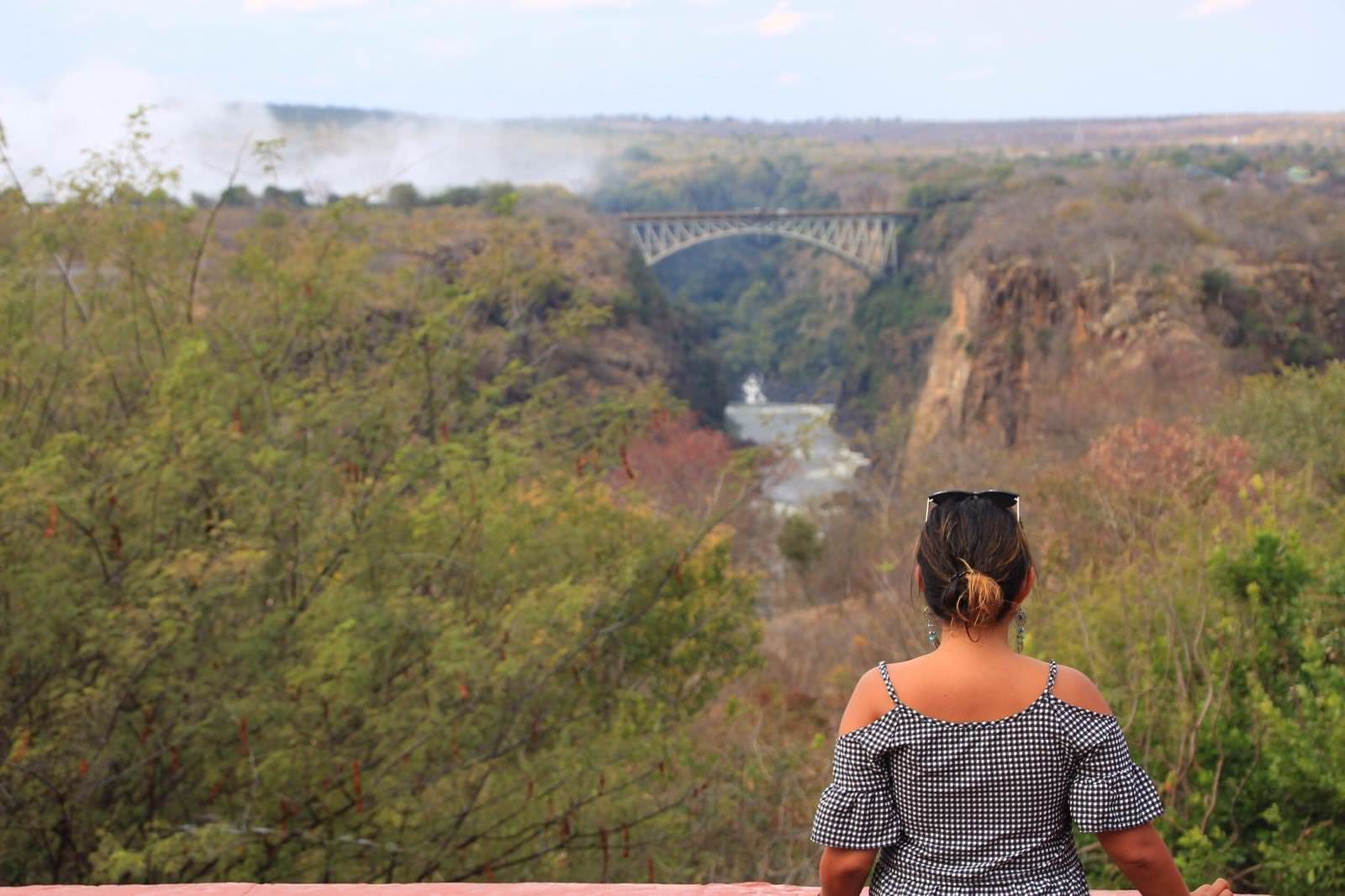
In this article, I present the Main Hubs to get there along with some useful information on visa and country highlights of the Top African destinations to help you start planning your African adventure!
Table of Contents
North & East AFRICA Visa Guide for Philippines Passport Holder
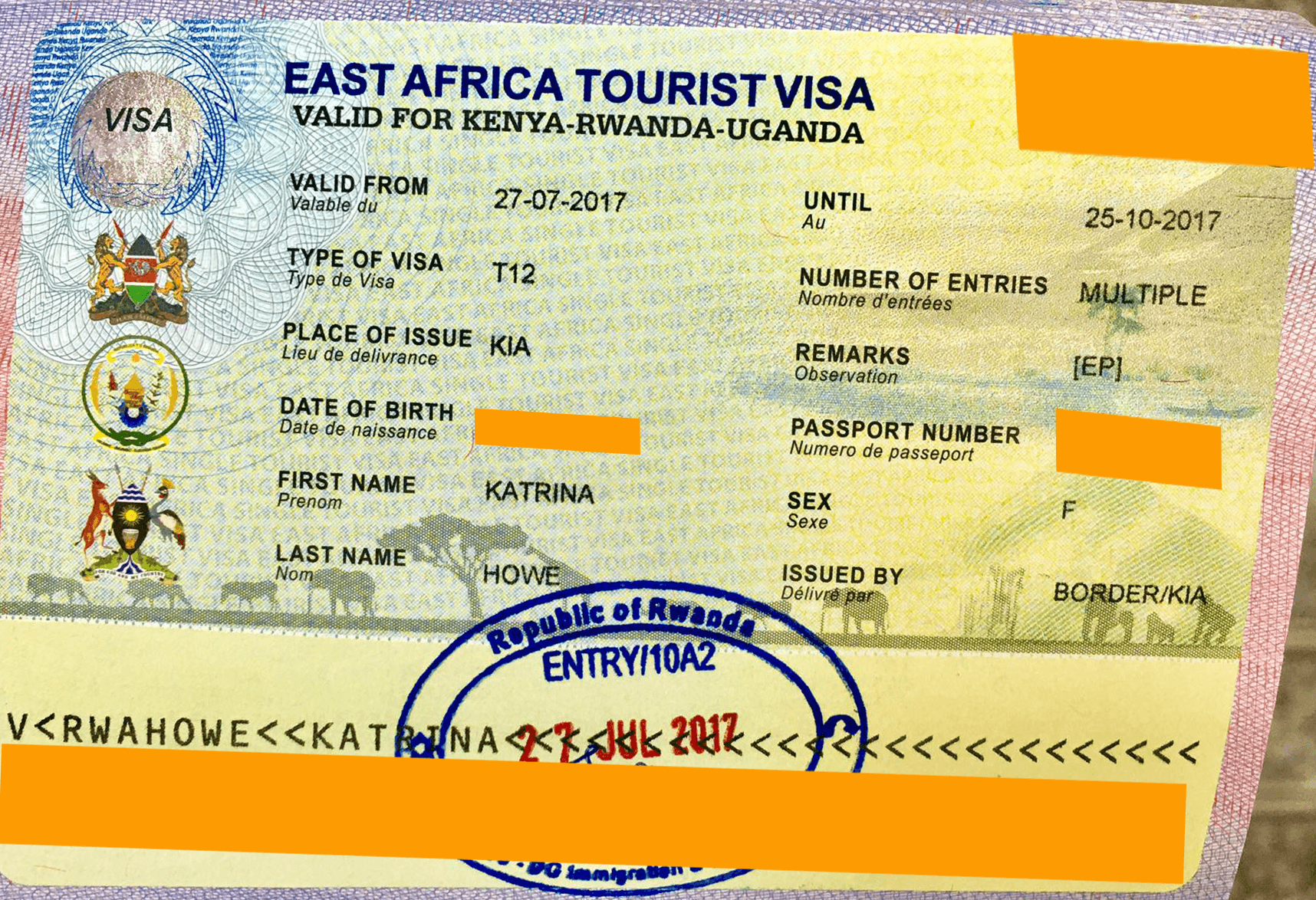
Visa required before Traveling
- South Africa: Free for a visit up to 30 days. USD 48 for a visit exceeding 30 days
- Namibia: USD 77 for single-entry and USD 115 for multiple-entry
- Botswana: USD 30 for single entry and USD 50 for 5-year multiple entry
Visa required but can be applied online
- Kenya: USD 100 for single-entry visas or you can get EAC Visa which covers Kenya, Uganda, and Rwanda for the same price. Read more about East Africa Visa for Filipinos.
- Ethiopia: USD 52 for single-entry valid for 30 days and USD 72 for single entry valid for 90 days
- Zimbabwe: USD 55 for a single-entry and USD 70 for double-entry
- Zambia: USD 50 for a 90-day entry visa on arrival valid within a period of 12 months
Visa on Arrival
- Tanzania: USD 50 for single-entry and USD 100 for multiple-entry
- Uganda: USD 50 for single-entry on arrival
- Madagascar: USD 27 for a 90-day entry
- Seychelles: 30-day visitor’s permit available on arrival, valid for a maximum of 30 days stay; USD 40 will be collected as airport departure tax

No Visa Required
Country Highlights
Your first challenge in visiting Africa begins as you choose your destination. From seeing your Nat Geo dreams come to life to meeting surviving tribes, the continent will not run short of bucket-list-worthy must-dos. To give you a grasp of each country’s focal points, here are some of the things you should know:
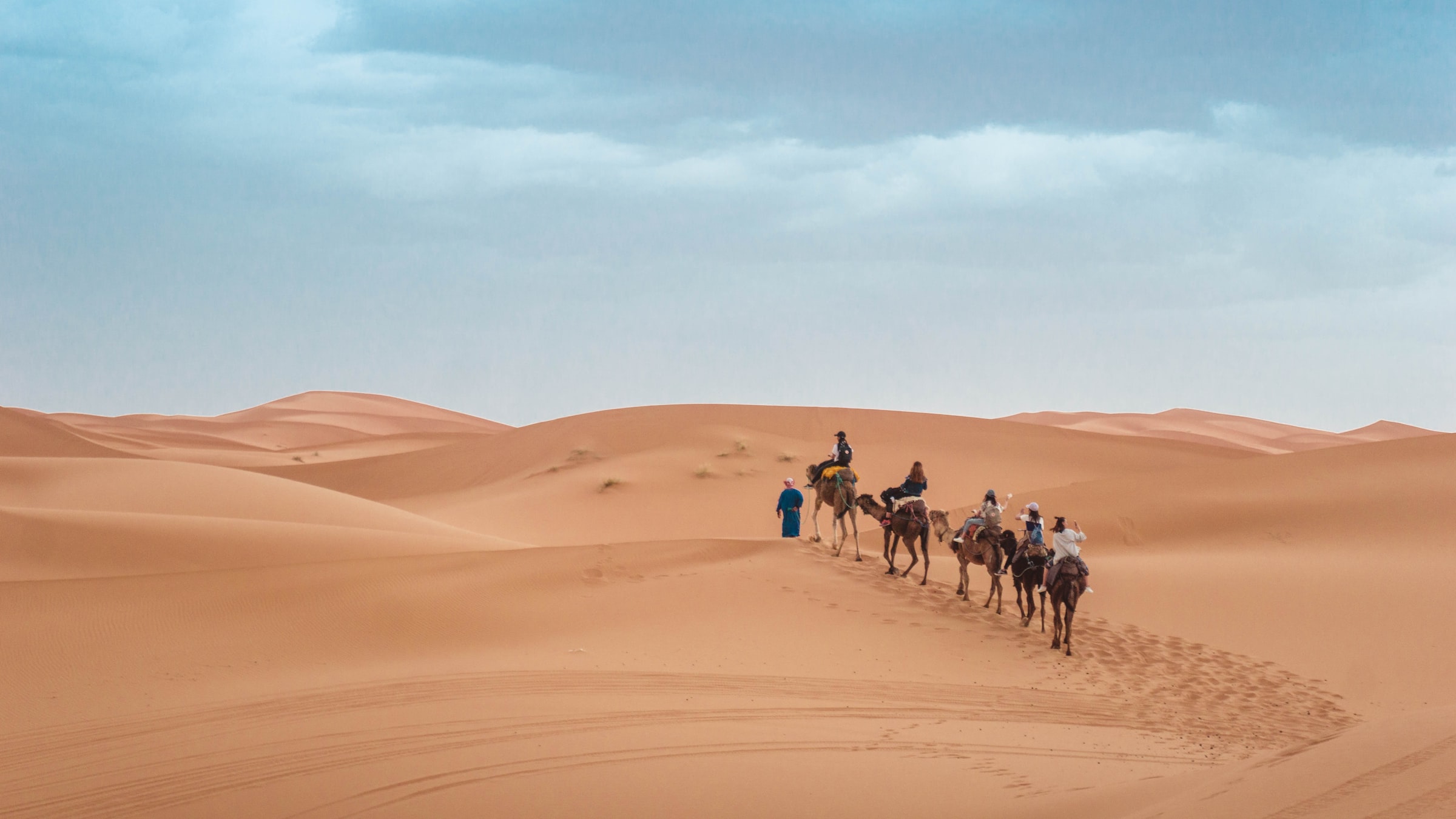
- Morocco: Home to magnificent mosques, exotic Moroccan patterns as well as leather, exquisite cuisine, and of course, the Sahara Desert.
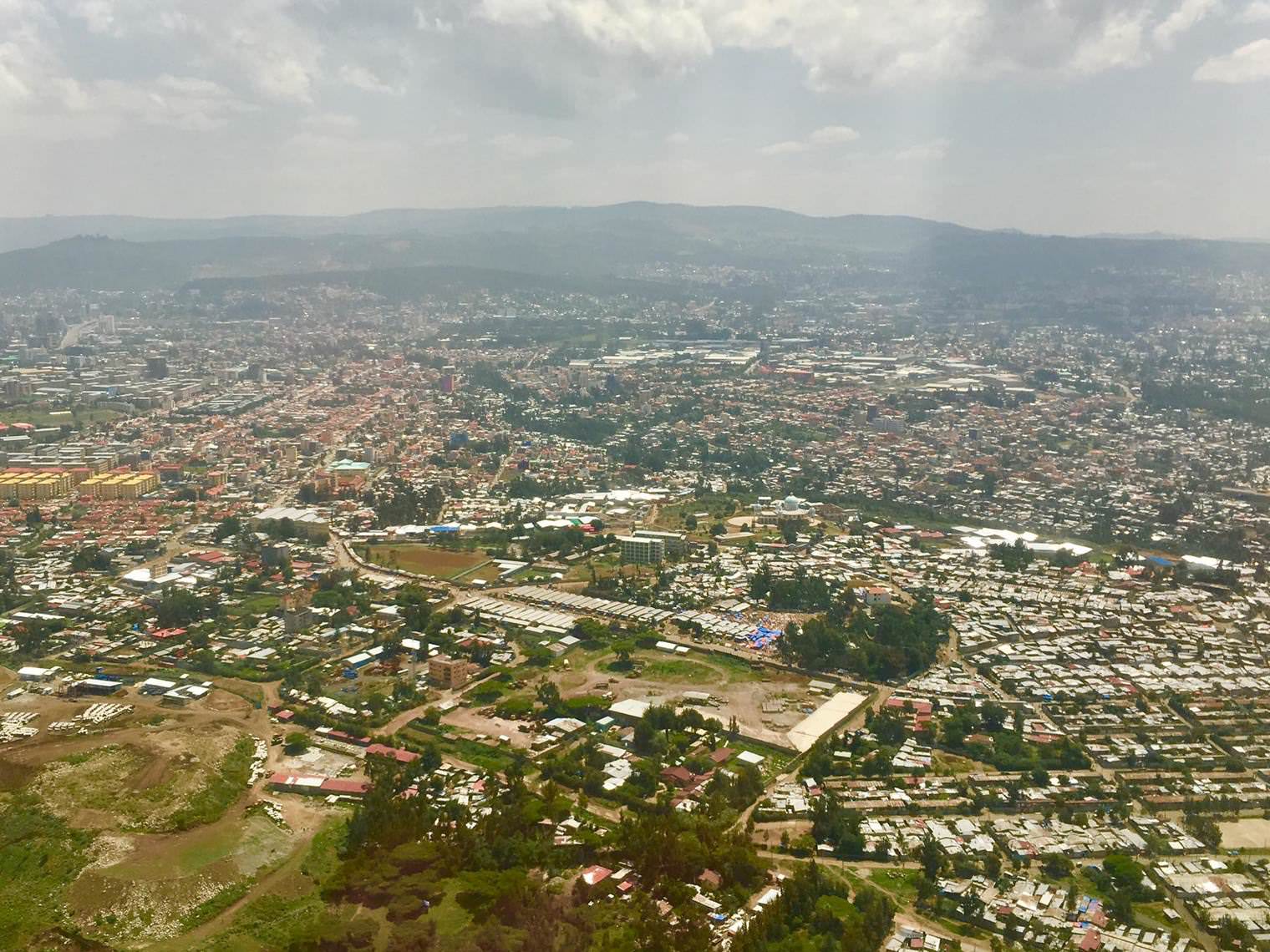
- Ethiopia: Unique landscapes and peerless history make Ethiopia world renowned. The sights and history dates back thousands of years and it is the only place in the world where you can see the Simien wolf among other exotic animals. The lowest place on earth, the Danakil Depression, is a must-visit too.
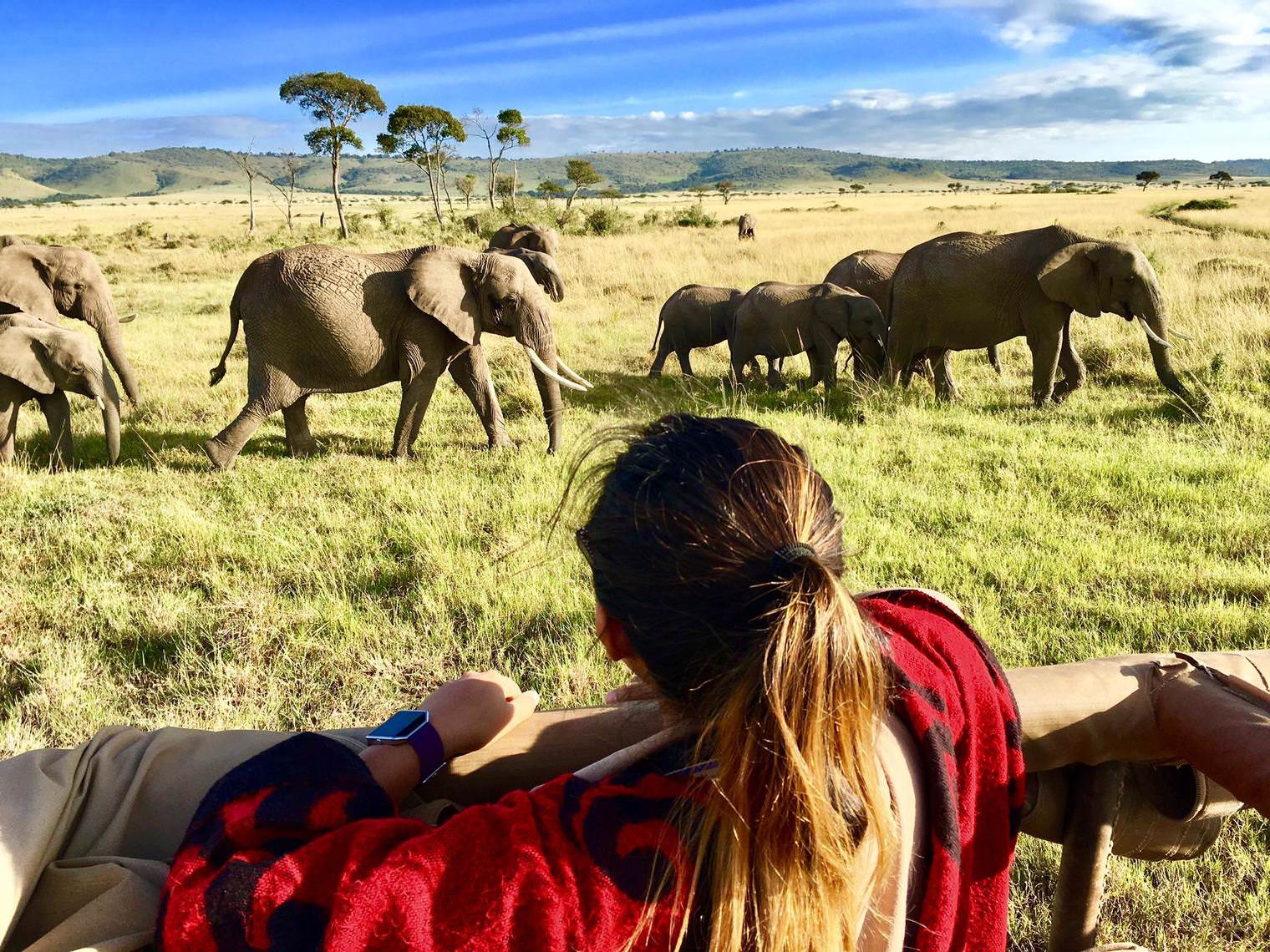
- Kenya: Popular for its huge population of big cats, beautiful coastline and vibrant nightlife in the city. Masai Mara, its largest game reserve, is known to be the primary inspiration for the setting of Disney’s The Lion King.
- Tanzania: Famous for its scenic views that depict “Wild Africa”. The Serengeti National Park is the best place to see the Wildebeest Migration throughout the year and is not to be missed. Zanzibar and Mt. Kilimanjaro, the highest mountain in Africa, are also among its top tourism products.
![]()
- Uganda: Home to one of the world’s most endangered primates, the Mountain Gorillas. White water rafting at the River Nile also tops the list.
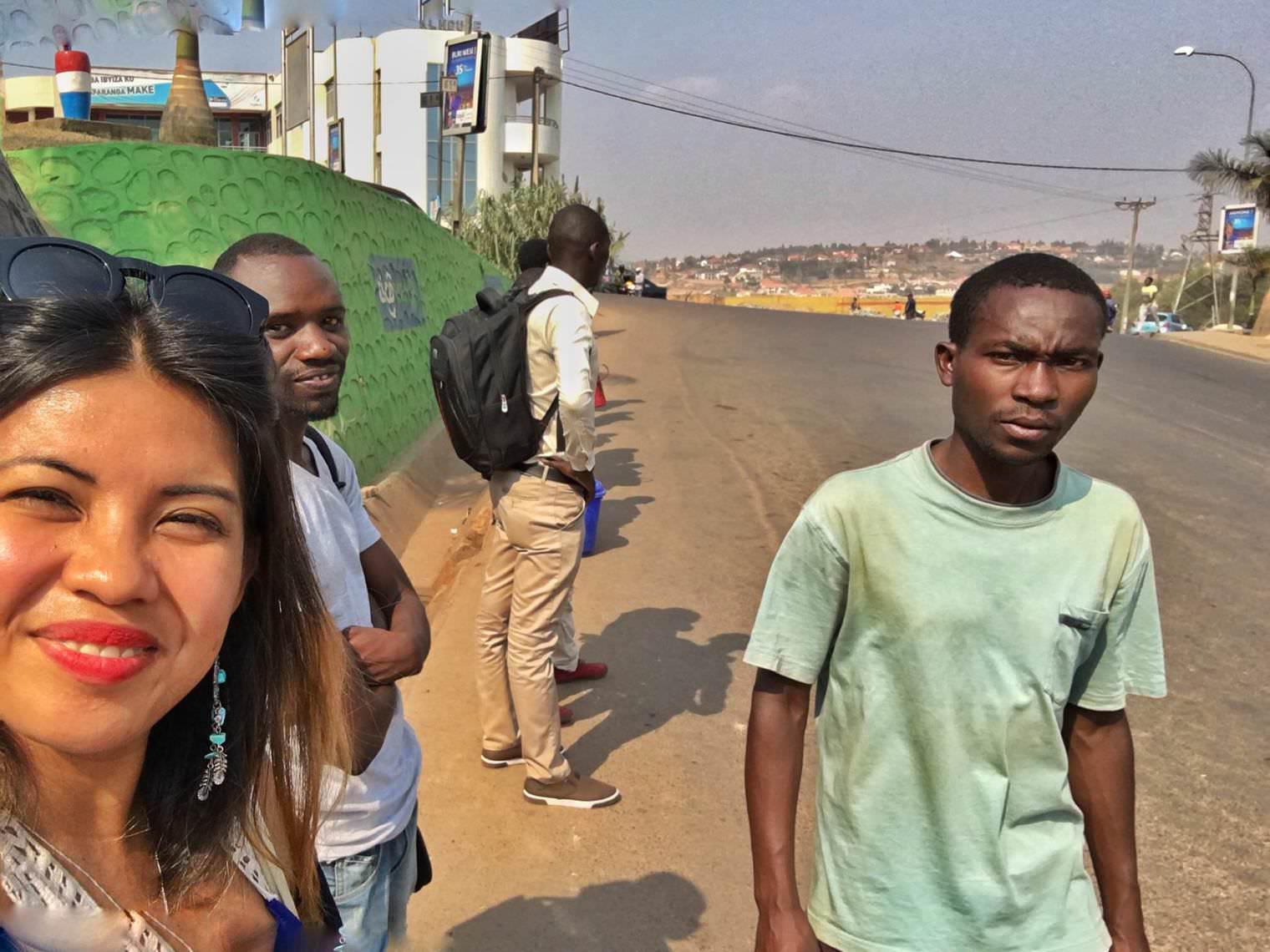
- Rwanda: Another country excellent for Mountain Gorilla as well as Chimpanzee viewing. When in Kigali, the country’s capital, make sure to visit to the Genocide Memorial.
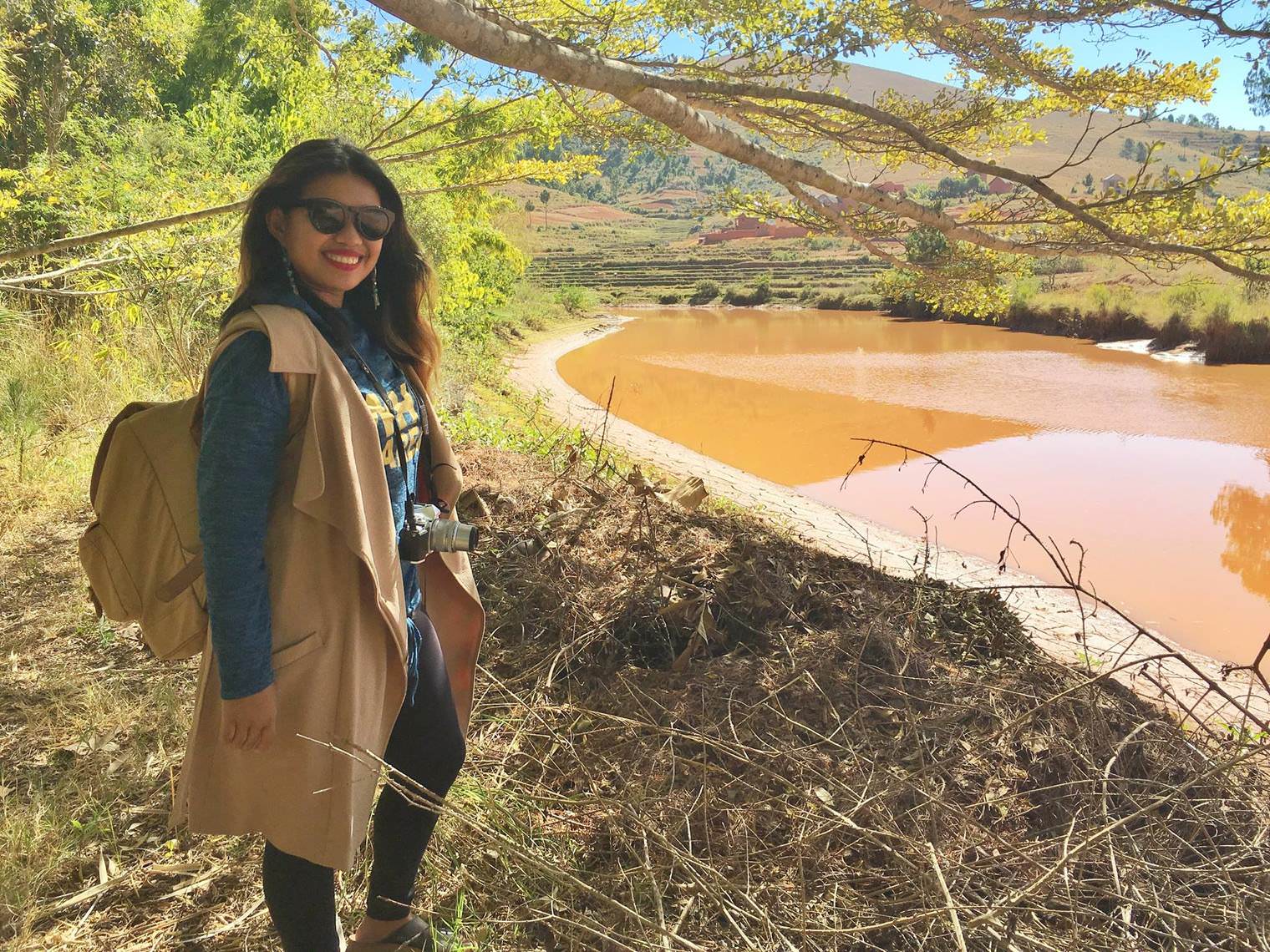
- Madagascar: The fourth largest island in the world famous for its tall baobab trees, pepper, vanilla & lemurs. It is also home to very rare animal species like the dwarf hippopotamus and the giant bird without wings.

- Seychelles: A very popular honeymoon destination with exquisite beaches. Praslin Island, which has been called the “blueprint for the perfect tropical island” is one of its wonders.

- Zimbabwe: The most prominent feature of Zimbabwe is Victoria Falls, which lies close to the beautiful Zambezi River and is one of the Seven Wonders of the World.

- Zambia: View of the Victoria falls from Zambia side is postcard-perfect. If you come in low water season, a swim at the Devil’s Pool where you risk a 355 feet drop is an activity for the adventurous souls.
- Namibia: Namibia has the highest dunes in the world at Sossusvlei and one of world’s greatest conservation areas – Etosha National Park. Its Coastal Desert is also one of the oldest deserts on earth.
- Botswana: Home to well-known landmarks such as the Okavango Delta and Kalahari desert. For sightings of elephant herds, head to Chobe National Park.
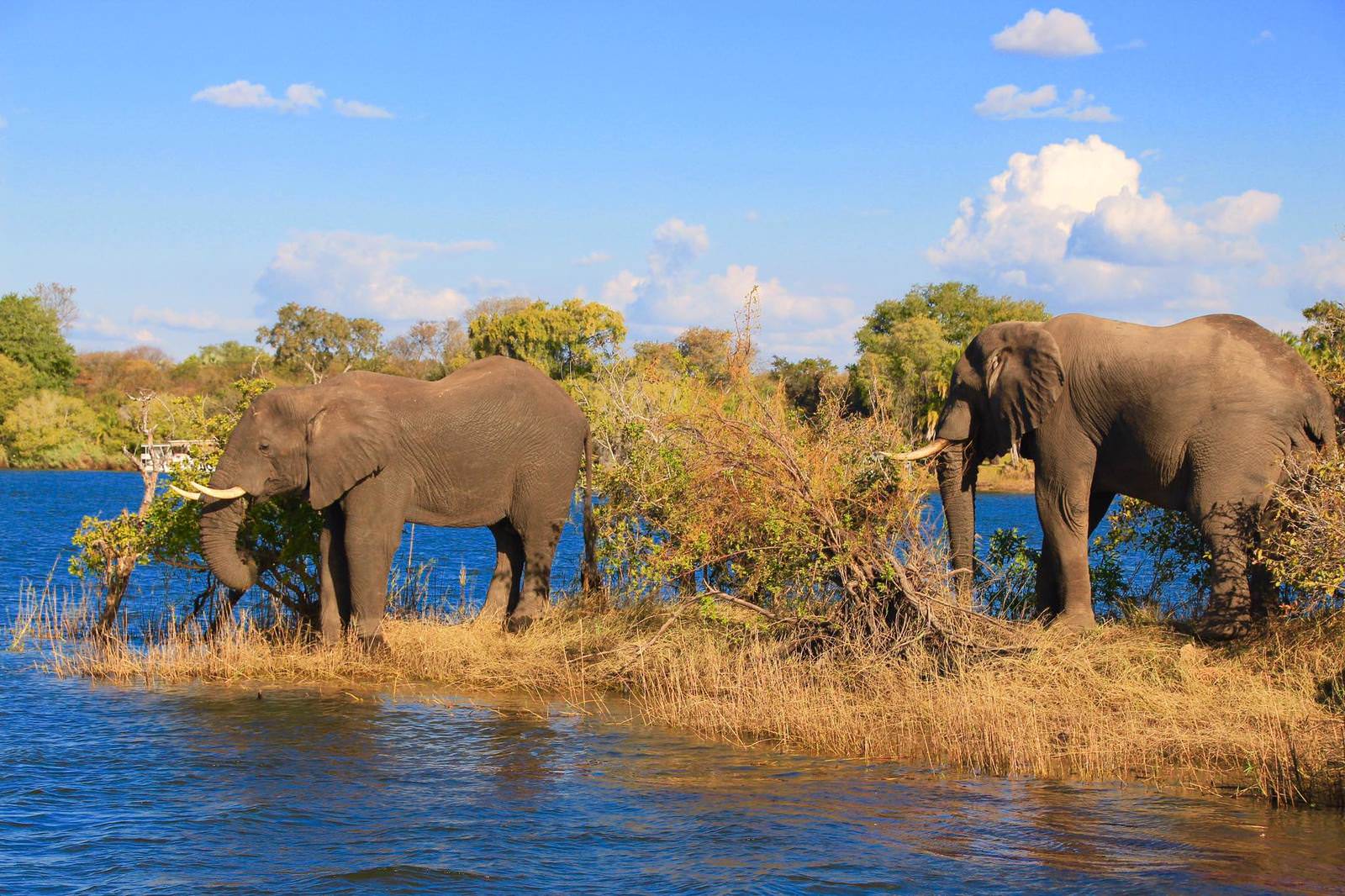
- South Africa: Perhaps the most visited country in Africa. Known for its diverse activities that range from wine tasting at the Cape, shark cage diving, seals and penguins viewing, and safari game driving. South Africa is also home to Table Mountain, which is believed to be one of the oldest mountains in the world.
Main African Hubs
Below is a list of the main international gateways in each of the 5 regions that people usually fly into when jump starting their African adventure:
North
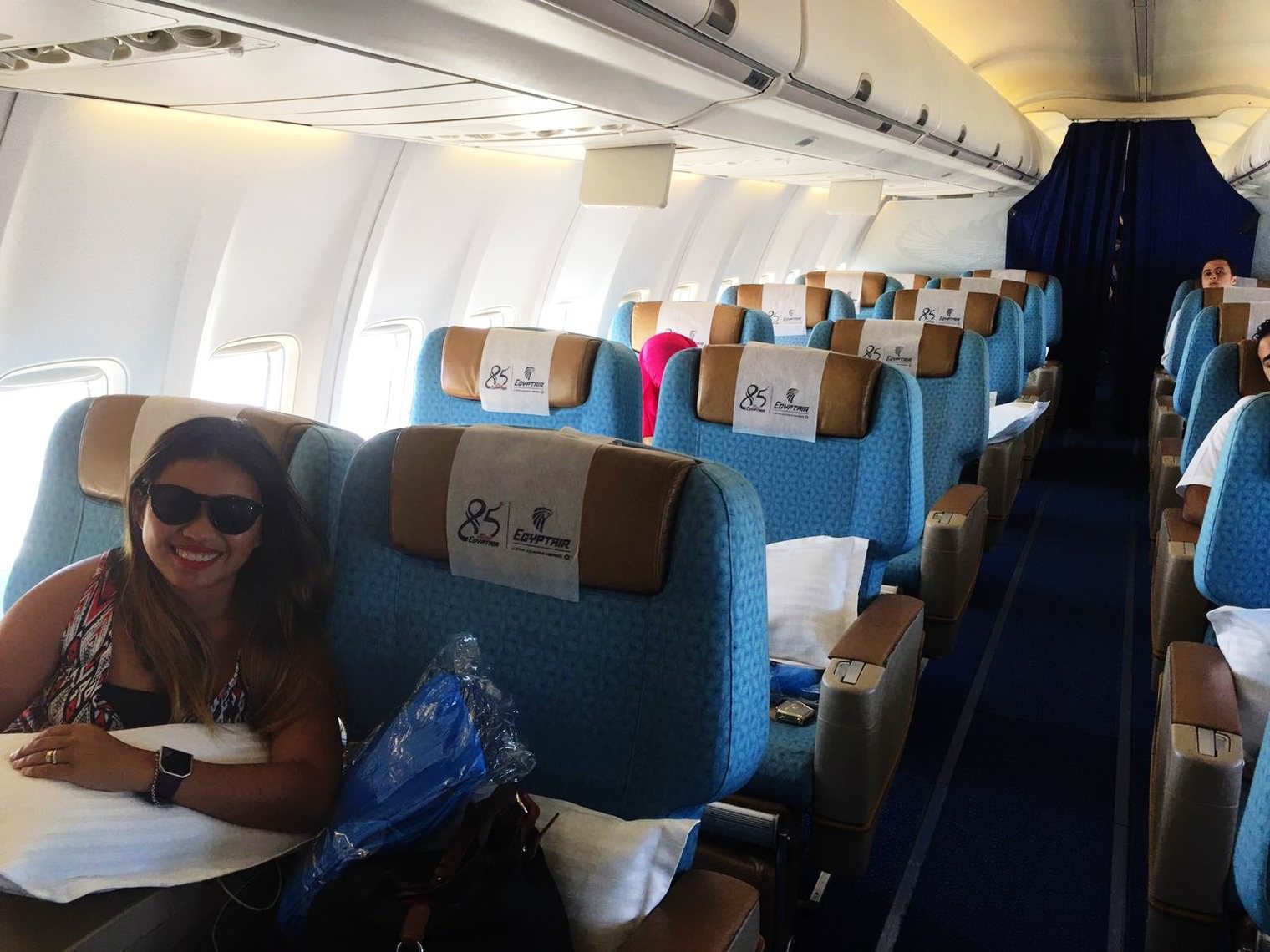
North Africa is composed of Morocco, Tunisia, Algeria, Libya, Mauritania, Sahrawi Arab Democratic Republic and Egypt. The biggest hubs found in this region are:
- Mohammed V International Airport
Location: Casablanca, Morocco
Airport Code: CMN
- Cairo International Airport
Location: Cairo, Egypt
Airport Code: CAI
- Tunis-Carthage Airport
Location: Tunis, Tunisia
Airport Code: TUN
South
Southern Africa covers Angola, Botswana, Eswatini (Swaziland), Lesotho, Malawi, Mozambique, Namibia, South Africa, Zambia, and Zimbabwe. These are the main international hubs in this region:
- O. R. Tambo International Airport
Location: Johannesburg, South Africa
Airport Code: JNB
- Cape Town International Airport
Location: Cape Town, South Africa
Airport Code: CPT
East
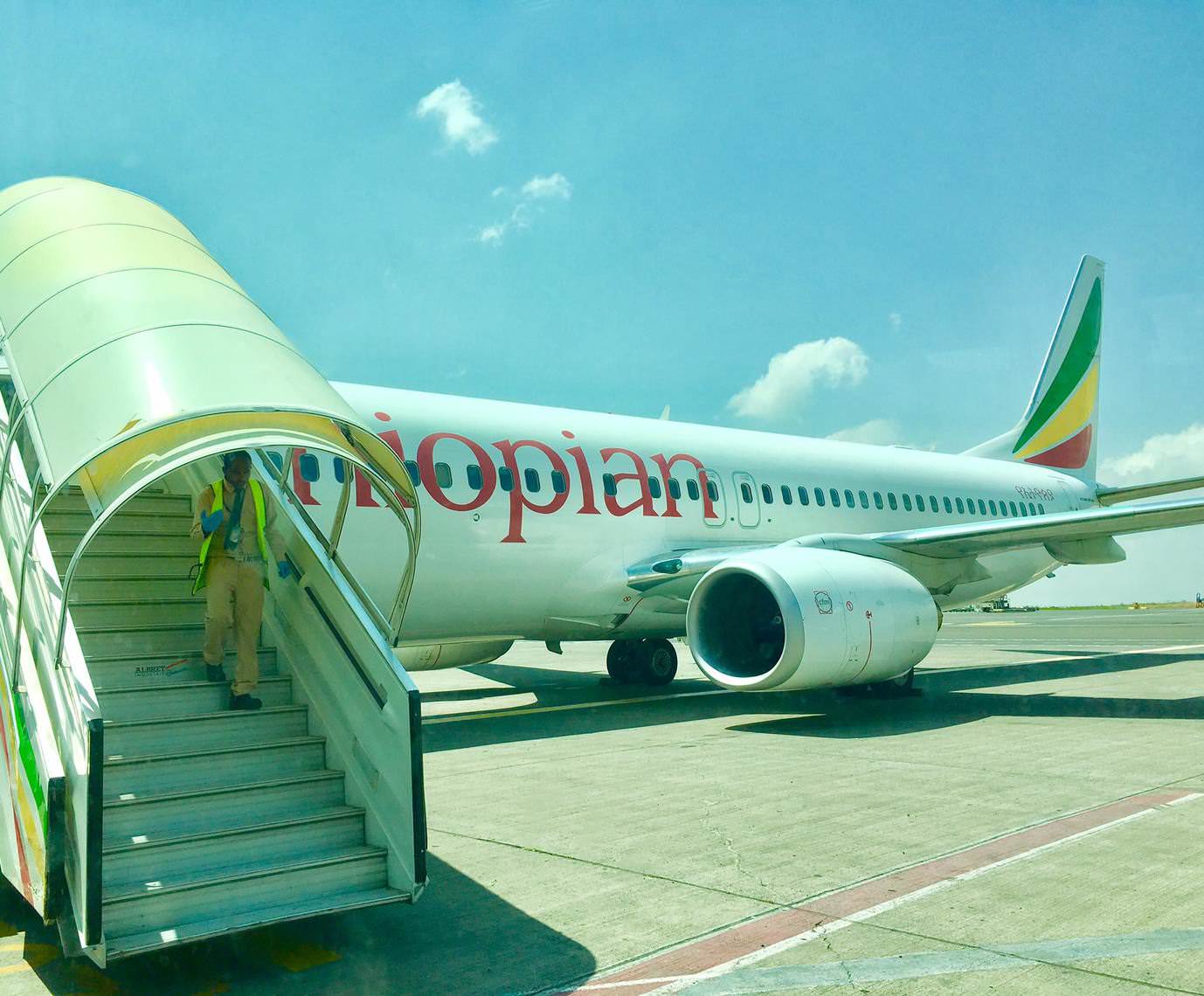
East Africa is mainly made up of the following countries: Kenya, Tanzania, Uganda, Rwanda, and South Sudan. But there is also another region, usually considered separate from East Africa, called the Horn of Africa which covers Ethiopia, Somalia, Sudan, Djibouti and Eritrea. Seychelles, Mauritius and Comoros are small island nations in the Indian Ocean, and lastly, we have Madagascar, which also belong in East Africa. Here are East Africa’s major (and busiest) airports:
- Jomo Kenyatta International Airport
Location: Nairobi, Kenya
Airport Code: NBO
- Julius Nyerere International Airport
Location: Dar es Salaam, Tanzania
Airport Code: DAR
- Addis Ababa Bole International Airport
Location: Addis Ababa, Ethiopia
Airport Code: ADD
West
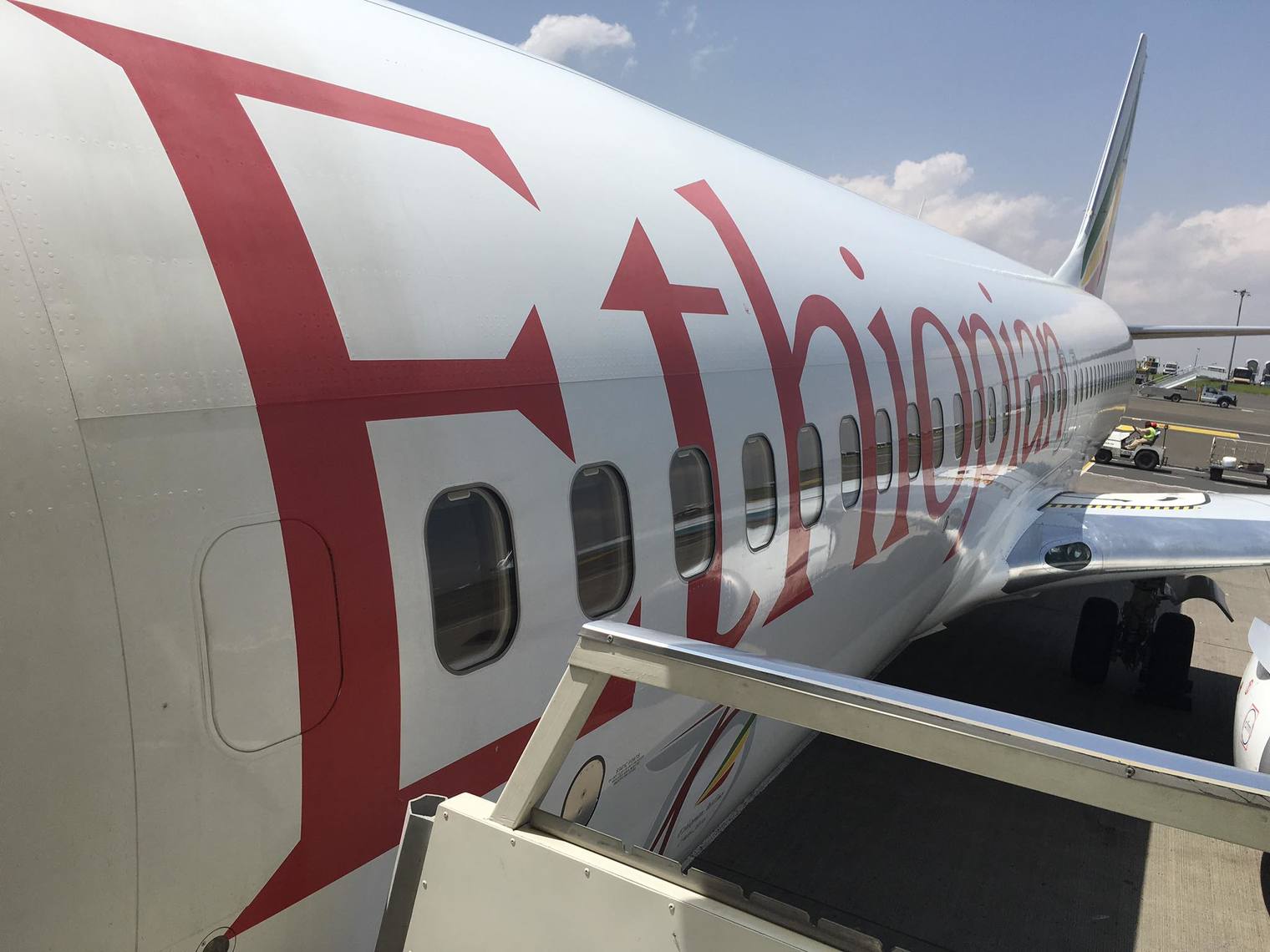
West Africa includes 15 countries: Benin, Burkina Faso, the island nation of Cape Verde, Gambia, Ghana, Guinea, Guinea-Bissau, Ivory Coast, Liberia, Mali, Niger, Nigeria, Senegal, Sierra Leone, and Togo. The busiest and biggest hubs in the region are:
- Murtala Muhammed International Airport
Location: Lagos, Nigeria
Airport Code: LOS
- Kotoka International Airport
Location: Accra, Ghana
Airport Code: ACC
- Léopold Sédar Senghor International Airport
Location: Dakar, Senegal
Airport Code: DKR
Central
Burundi, Cameroon, Central African Republic, Chad, Congo, Democratic Republic of Congo, Equatorial Guinea, Gabon, and São Tomé and Príncipe makes up Central Africa. This region has the least international flights and doesn’t offer great regional connecting flights either. But for your reference, here are the busiest and biggest airports in this region:
- Léon-Mba International Airport
Location: Libreville, Gabon
Airport Code: LBV
- Douala International Airport
Location: Douala, Cameroon
Airport Code: DLA
Different routes from Manila to Africa
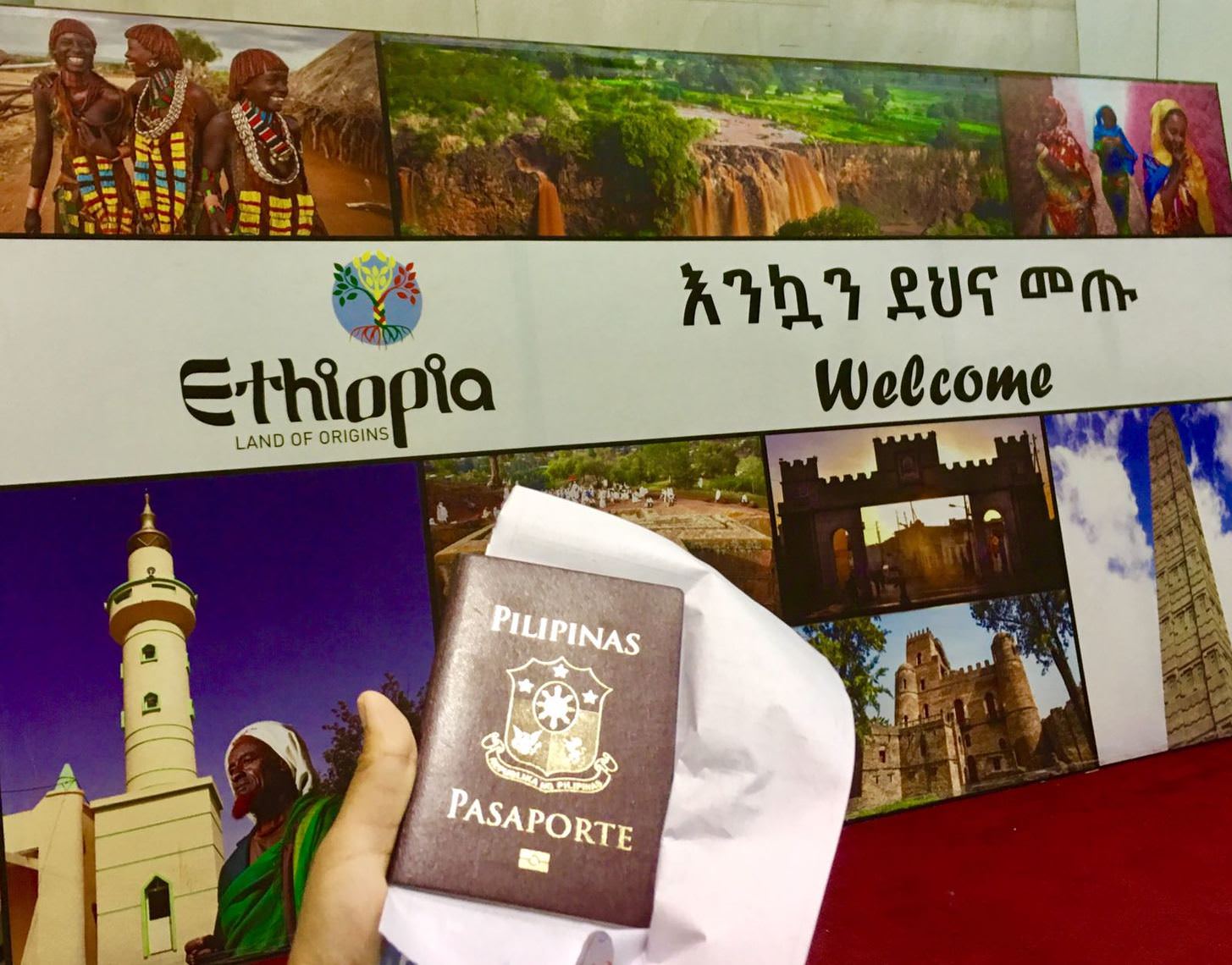
While there is only one airline flying directly to Africa, there are still a lot of other great options from Ninoy Aquino International Airport (NAIA). Here are my top recommended routes:
Route 0: Straight to Addis Ababa from Manila via Ethiopian Airlines
This is the best option if heading east at 14 hrs flying time. And with Ethiopian visa being a quick online application away for Philippines passports, well, Hello Africa!
Route 1: via the Middle East
For non-direct flights, this is the best route as flights are aplenty going to major cities within Africa.
Flights from Manila to the Middle East is around 9 hours, and the onwards flight to Africa depends on your end destination. To the nearest countries such as Tunisia or Egypt, the flight time is 4-5 hours, whereas if you fly to Johannesburg in the Southern Africa its about 9-10 hours flight time. If you are heading to the western part of Africa such as Morocco, expect a flight time of at least 8-9 hours.
- Dubai: available flights to South Africa, Morocco, Ghana, Senegal, Kenya, Egypt, Tanzania, Ethiopia, and Nigeria.
- Istanbul: available flights to South Africa, Cameroon, Ghana, Senegal, Morocco, Tunisia, Egypt, Ethiopia, Kenya, Tanzania, and Nigeria.
- Doha: available flights to South Africa; Tunisia, Nigeria, Ethiopia, and Kenya.
- Jeddah: available flights to South Africa, Kenya, Ethiopia, Morocco, Egypt, and Tunisia.
- Abu Dhabi: available flights to South Africa, Nigeria, Kenya, Tanzania, Egypt, Morocco.
- Muscat: available flights to Morocco, Egypt, Ethiopia, Kenya, and Tanzania.
Route 2: via the USA
This route is applicable for those with a valid US Visa. Once in the land of the free, make your way to any of these US cities that cater non-stop direct flights to Africa.
Flying to the US will easily set you back 18-20 hours or more. If you find a direct flight, its 14-16 hours of flying time. For the onward flight to Africa, the flight time is around 14-15 hours if you are heading down to South Africa or around 7 hours if you fly to Morocco.
- Atlanta: available flights to Lagos, Nigeria; Johannesburg, South Africa;
- New York: available flights to Lagos, Nigeria; Dakar, Senegal; Cairo, Egypt; Casablanca, Morocco; Johannesburg, South Africa; Accra, Ghana; Nairobi, Kenya
- Washington IAD: available flights to Dakar, Senegal; Casablanca, Morocco; Johannesburg, South Africa; Addis Ababa, Ethiopia; Accra, Ghana.
Other flights to other African cities/countries may also be available but such flights make a stopover to either Europe or the Middle East.
Route 3: via Europe
Like Route 2, this one is ideal for travelers with a valid Schengen visa as you may need to enter or transit.
The flight time from Manila to Europe varies, a direct flight to London takes about 13 hours, whereas Amsterdam with a short stopover on the way takes around 15-16 hours. The onwards flight to Africa again depends on your end destination. Flying to Morocco in the North takes about 4 hours whereas Johannesburg in South takes about 11 hours.
Here are main cities in Europe and the UK that cater direct flights to Africa:
- Amsterdam: available flights to Johannesburg, South Africa; Nairobi, Kenya; Kampala, Uganda; Dar es Salaam, Tanzania; Accra, Ghana; and Cairo, Egypt.
- London (Heathrow): available flights to Nigeria; Nairobi, Kenya; Johannesburg, South Africa
- Rome: available flights to Casablanca, Morocco; Johannesburg, South Africa; and Addis Ababa, Ethiopia.
- Paris: available flights to multiple countries and cities in South Africa, Nairobi, Ethiopia, Ghana, Nigeria, Morocco, and Egypt among others
Route 4: via other Asian countries
The greatest advantage of this route is that most Asian countries do not require a visa from Philippine passport holders. Flights from this part of the world, however, are scarce and relatively more expensive compared to flights from other countries/continents.
Flying from Manila to each of below Asian stopovers takes around 3-4 hours flight. And then from Singapore for example, the flight to Johannesburg takes around 10-11 hours and to Addis Ababa takes about 9 hours.
Here’s a list of African cities that can be directly accessed from Asia:
- Singapore: available flights to Addis Ababa, Ethiopia; Johannesburg, South Africa
- Beijing: available flights to Addis Ababa, Ethiopia; Johannesburg, South Africa
- Bangkok: available flights to Addis Ababa, Ethiopia; Nairobi, Kenya
You see, the world has made it much easier for everyone to travel in Africa. Now it’s time to bring out them backpacks and head over to Africa. From thrilling wildlife encounters to meeting new cultures; from tasting exotic cuisines to seeing iconic sights and scenic landscapes…Africa will not disappoint.

ABOUT THE WRITER
 Erika Atienza is from the Philippines traveling through Africa with her husband, Martin from Denmark. Erika first came to Africa as a marketing volunteer that ended up turning into a business. As she frequents the continent a lot for work, she decided to put up a blog to help and encourage others to visit Africa because, as she puts it, “It’s more fun in the wild”. She also aims to show the Real Africa by living local and of course, traveling sustainably. Unravel Africa with them at whileinafrica.
Erika Atienza is from the Philippines traveling through Africa with her husband, Martin from Denmark. Erika first came to Africa as a marketing volunteer that ended up turning into a business. As she frequents the continent a lot for work, she decided to put up a blog to help and encourage others to visit Africa because, as she puts it, “It’s more fun in the wild”. She also aims to show the Real Africa by living local and of course, traveling sustainably. Unravel Africa with them at whileinafrica.
Website: whileinafrica.com
Instagram: whileinafrica
Twitter: @whileinafrica
Facebook: While in Africa
Youtube: WhileInAfrica


Me and my bf and my friend we want to travel in Zambia ?? for 2 months on October 8 , 2019. We want to travel also in Botswana ?? Zimbabwe ?? South Africa ?? . What could be your advice ? Do we need Visa or only passport for the immigration ?and only E VISA once we arrived in Zambia ? And do we need to vaccination before our flights ? and do the immigration ask for The money ? And we have a friend who invited us so our accommodation is free already, is it possible the immigration will allow us and what is the requirements?
If all my questions will answered I highly appreciated. Thank you so much ??
Hi Erika,
Thanks for the information about Africa! ?
We’re a family of 6 adults and fr Mindanao and we’re contemplating on attending a conference in June 2020 at Cape Town. Based on the routes you enumerated, which one would you recommend the shortest?
Thanks a lot in advance and more power.
Hi Pete! You’re very welcome and do visit Africa, it’s lovely 🙂
Excellent guide Erika! I’m Thai and our passports are pretty similar in terms of strength (or weakness haha). I have always been put off by the number of visas I need to get prior to arriving to traverse a certain route in Africa but this guide motivates me to start coming up with a solid plan. Thank you for the write-up! This will come in handy soon for me. 🙂